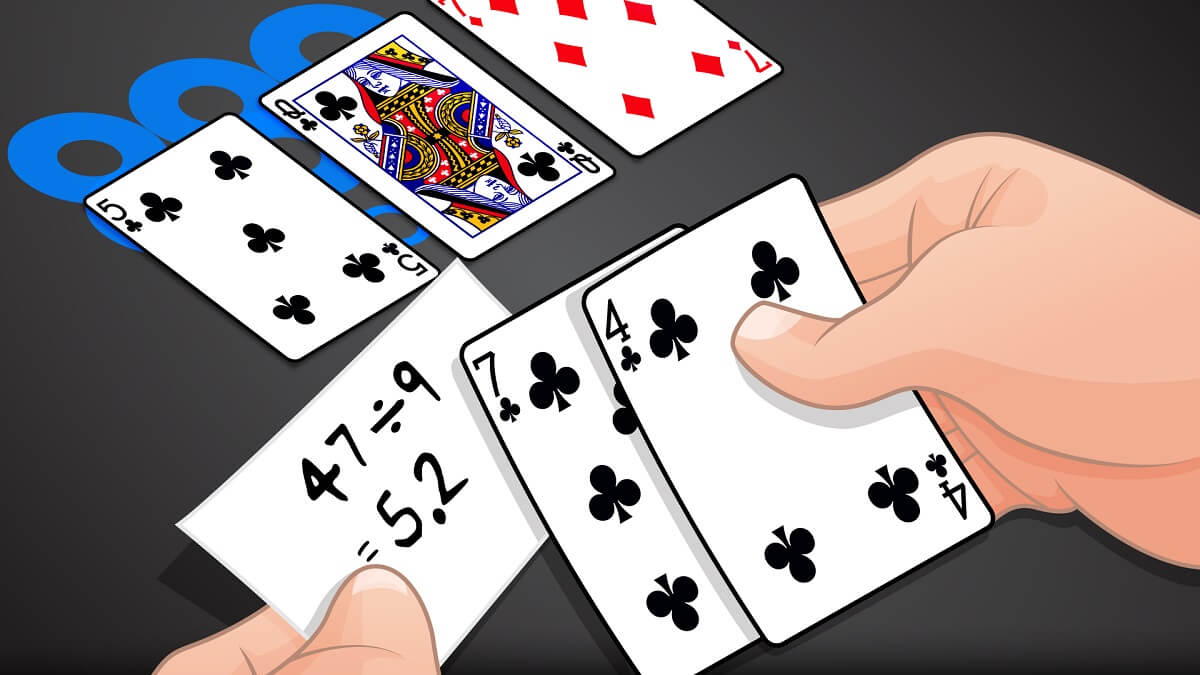Texas Holdem Odds Before The Flop

Pot odds are most useful for figuring out if you should continue with a draw in low limit hold 'em. You may want to count up the river bets as well for a rough idea of what the final pot was, but for our purposes what you really want is to get a very close idea of how many small bets are in the pot when it is your turn to act on the flop and on. MFortune: UP Texas Holdem Odds Before Flop TO £10 Free Welcome Bonus 18+. New players only. 20x wagering requirement. Expires after 7 days.
Texas Holdem Odds Chart
In this post I shall discuss why it is wise to fold about 90% of your starting hands, and even if you think that your hand has a good chance of winning, you should consider folding it nonetheless. This has implications for the size of your bankroll, which I shall draw attention to as well.

I shall reference the groups on the page Hand Rankings and Strengths and the expected values table on the page Expected Values.
The general principle is that we only play Group 1 to Group 3 hands from in early position: small blind, big blind, and under the gun. I see no reason why not to extend this principle to all other positions on a six-player table.

This means, specifying their rank and expected value, in Group 1 we play the pairs AA (rank 1, e.v. 2.32), KK (rank 2, e.v. 1.67), QQ (rank 3, e.v. 1.22), JJ (rank 4, e.v. 0.86); and the straight flush draw AKs (rank 5, e.v. 0.77). In Group 2 we play the pair TT (rank 7, e.v. 0.58), the straight flush draws AQs (rank 6, e.v. 0.59), AJs (rank 9, e.v. 0.43), KQs (rank 10, e.v. 0.39), and the straight draw AK (rank 8, e.v. 0.51). In Group 3 we play the pair 99 (rank 11, e.v. 0.38), the straight flush draws JTs (rank 23, e.v. 0.15), QJs (rank 16, e.v. 0.23), KJs (rank 14, e.v. 0.29), ATs (rank 12, e.v. 0.33), and straight draw AQ (rank 13, e.v. 0.31).
These are the sixteen hands from 169, or approximately 9.5%, we’ll round it up to 10%, of the possible hands. If we consider that 60 hands per hour in online poker is at the lower end of the number of hands per hour that can be played, then on a $1/$2 stakes six-player table, that is ten rounds of the dealer button per hour, which exposes each player to a small blind, big blind total of $1.50 per round, then we need $15 per hour to stay in the game. Assuming a reasonable $25 per pot, if we win 5 out of the 6 hands we play with a contribution of $10 per pot, we’ll win $125 for an outlay of $15 + $60, or a profit of $50. Of course, these are crude calculations: the size of the pot may vary, and our contribution to the pot may also vary, and there are other factors to take into account.
Of course, we are being optimistic – and possibly naive and simplistic – here, but if we stick to our plan then $50 winnings per hour is a living wage. It also means that we can consider playing weaker hands, say Group 4 (T9s, KQ, 88, QTs, 98s, J9s, AJ, KTs), with the risk of concomitant losses due to the increased risk of contributing to a pot that we don’t win, thus reducing the hourly winnings rate.

Texas Holdem Odds Before The Flop Free
In addition, to be comfortable playing on a $1/$2 stakes, six-player table, we need at least four to five hours small blind, big blind outlay, or a $60 to $75 bankroll. If the number of hands per hour is greater, then the bankroll has to be correspondingly larger; 120 hands per hour would mean a $30 per hour small blind, big blind outlay, and thus a bankroll of $120 to $150 would be required. Of course, the higher the table stakes, the greater the required bankroll to be comfortable.
Texas Holdem Odds Before The Floppy
And all to be able to fold 90% of our pocket cards, and increase the odds of winning the pot by playing only the strongest hands.